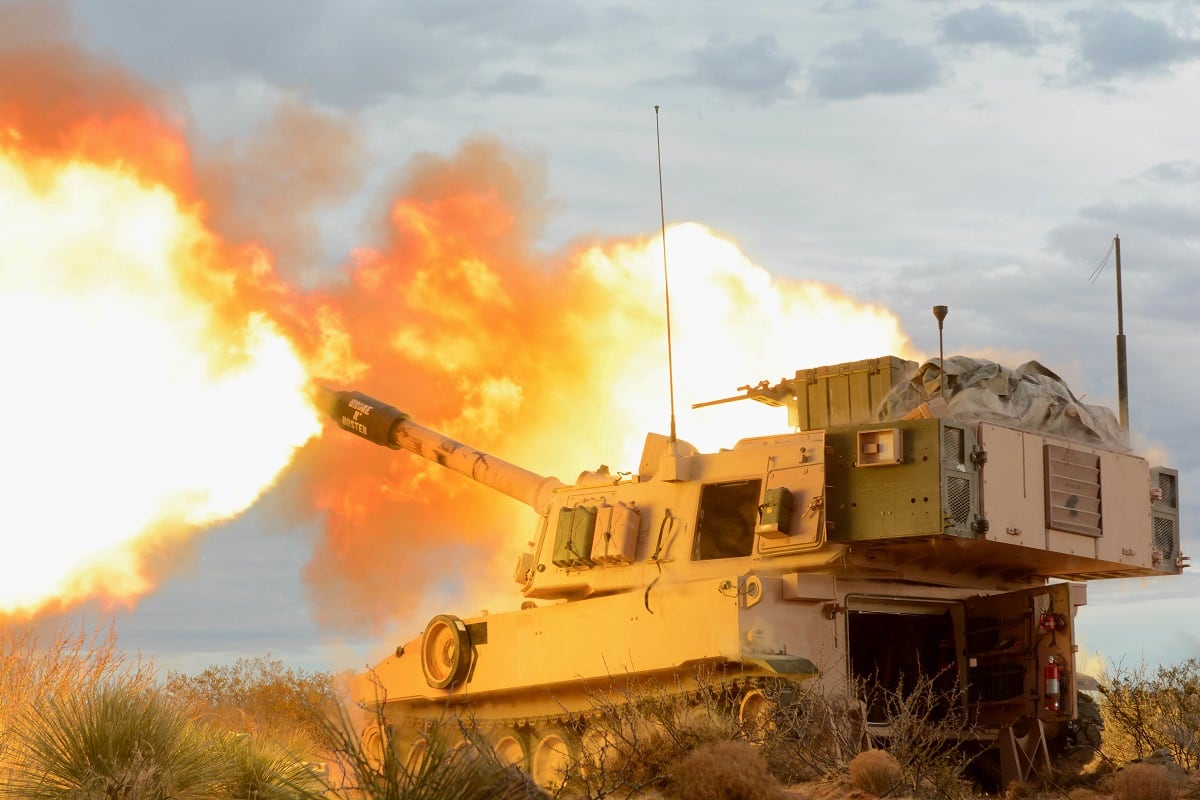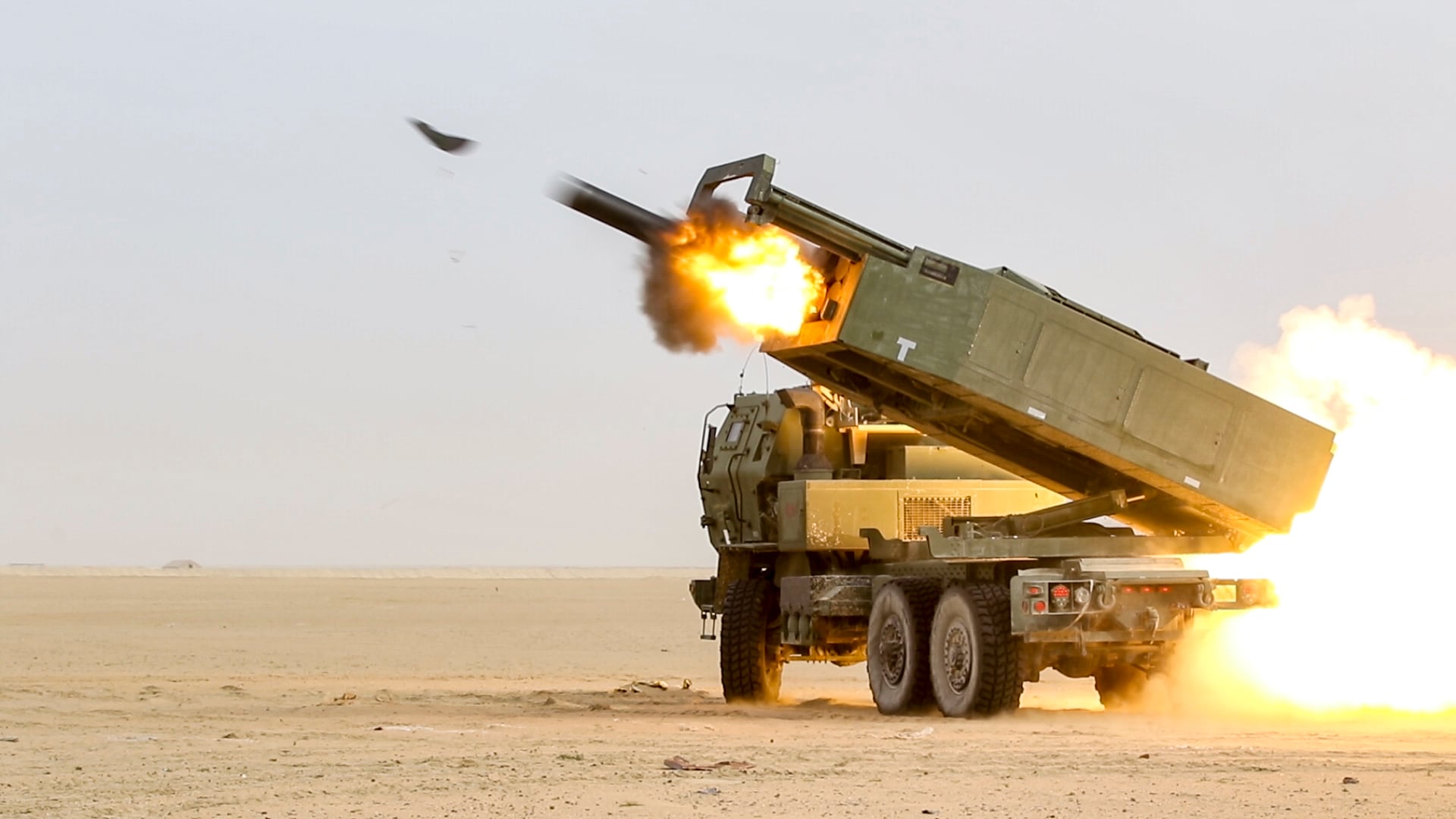LONDON — A little over a year ago, Norwegian ammunition company Nammo rolled out an “extreme range” artillery concept using ramjet propulsion, but that was just the beginning.
Nammo unveiled at DSEI a new ramjet-powered missile engine it is testing. The company’s focus in advancing ramjet artillery all along was to take the fresh experience and apply it to a new engine for high-speed, ultralong-range anti-air missiles.
The firm essentially took a traditional solid-fueled rocket motor-powered missile and turned it into an air breather in flight to boost range.
The model at Nammo’s booth looked reminiscent of its Evolved Seasparrow Missile, or ESSM, but the prototype is designed to be scalable for different missions and launcher platforms.
The new ramjet-powered engine missile’s range is expected to reach over 400 kilometers, according to Frank Moller, vice president of strategy and business development in the aerospace propulsion division of Nammo.
RELATED

The range could be extended with additional booster capability. For perspective, an ESSM’s range is less than 100 kilometers, and the extended-range version would reach 150 kilometers.
Nammo believes this fills a gap in the market in terms of range and capability, Moller said. “You see that within new threats that are coming up, weapons launched from greater distance, and we need to counter that, we need more range,” he said.
To counter enemy capabilities and deter Russia, range is king, and not only in the U.S. where the Army has prioritized long-range precision fires development, but for European countries as well. Looking at Russia’s S-400 air defense system and its cruise missile development, for example Europe and its allies need more range in their missile systems to counter that, Moller said.
“Same thing goes for artillery because I think every caliber the West has had, the East has had some range that goes a little bit farther, he added.
European countries’ capabilities only lie in 1990s-era point defense against short-range missiles, said Endre Lunde, a Nammo spokesman.
RELATED

One unique aspects of Nammo’s missile engine is that the booster is built into the missile itself, and during flight it transitions from a traditional solid-fueled rocket to an air-breathing system, Moller said.
The design of the propulsion system eliminates the need to carry a large amount of oxygen onboard like a regular solid-fueled rocket motor. “As long as these missiles are going to fly in the atmosphere, why not utilize the oxygen that is around them and reduce the weight of the propellant?” Moller said. “This allows us to have a much smaller missile” because the weight of the oxygen is removed from the equation.
When the missile is fired and reaches Mach 2.5 to Mach 2.8, the air intake on the system opens up and uses the incoming air to ignite the propellant inside. Some of the air goes directly over the propellant and some goes straight into the afterburner, Mollery explained.
When in air-breathing mode, the missile is capable of reaching anywhere from Mach 3.5 to Mach 5.
The ramjet engine is safer for firing in urban terrain because boosters typically fall out of the sky and therefore must land somewhere. Nammo has integrated the booster motor inside the burn chamber, Moller explained. The propellant burns to reach roughly Mach 3, and then the ramjet takes over. “Nothing falls off in urban areas,” he said.
The engine is also flexible enough to go on a variety of launchers, from ground to ship to air platforms. Moller said there is “great interest” in the U.S. military for the technology.
The company has already teamed with Boeing on ramjet artillery development, but there are also applications for the technology for such possible programs like a new interceptor for the U.S. Army’s Integrated Air and Missile Defense system or another longer-range missile.
The front end of the missile would be tailored to the mission, and it would be able to integrate with a variety of sensors, which is critical for targeting at long ranges. For example, an F-35 Joint Strike Fighter’s sensor could identify a target and communicate to the missile to destroy it.
With combinations like that, “then you very quickly fill some of those gaps, closing the range gap. You don’t need a new platform either on the launcher side or the sensor side — you just need the integration,” Lunde noted.
The company plans to conduct a full-up flight test in a couple of years, according to Moller.
Jen Judson is an award-winning journalist covering land warfare for Defense News. She has also worked for Politico and Inside Defense. She holds a Master of Science degree in journalism from Boston University and a Bachelor of Arts degree from Kenyon College.







